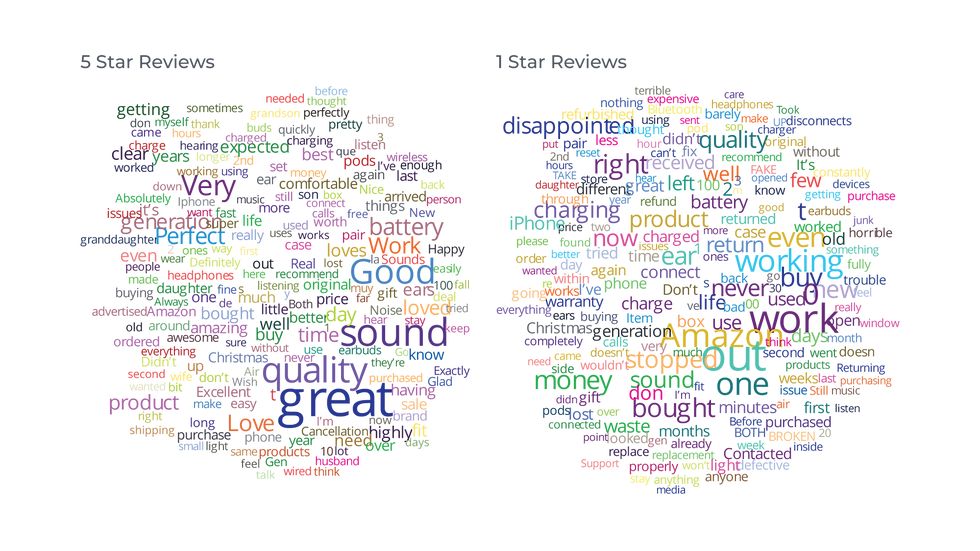Information Design: Where Art Meets Science
- Aman Singh

- Jun 28, 2024
- 4 min read
In today's landscape of information design, the fusion of art and science carries profound implications. Recently, I had the privilege of attending a seminar by two prominent figures in this field: Martin Krzywinski and Dr. Katherine Gillieson. Their endeavors represent the bonding of artistic expression with scientific acumen, which contrasts against the common misconception that the sciences and arts are completely separate. The seminar delved into Krzywinski and Dr. Gillieson’s backgrounds and the overarching themes shaping their approach to information design, highlighting topics such as innovative design methods, considering accessibility, and the need for interdisciplinary collaboration.
Martin Krzywinski: Envisioning New Design Methods
As a staff scientist at Canada's Michael Smith Genome Sciences Center at BC Cancer, Martin Krzywinski brings a distinctive blend of analytical precision and artistic ingenuity to his work. His capacity to convey intricate scientific concepts with clarity and creativity has earned him accolades in prestigious publications such as the New York Times, Science, and Nature.
Krzywinski's methodology transcends conventional boundaries of information design. He does not merely create visuals to elucidate scientific data but imbues them with aesthetic allure. Whether he is mapping intricate datasets or transforming mundane spam into poetic compositions, Krzywinski's work challenges conventional visualization norms.
During the event, Krzywinski noted his well-documented aversion to pie charts by discussing his article Beautiful Science Deserves Effective Visuals. He explained how pie charts are limited to ‘communicate only four value positions (0%, 25%, 50% and 75%) that can be instantly identified without any labels or grids.’ Furthermore he talked about the different limitations of the pie charts with the use of color, angled text and labels and their inability to show a trend.
In contrast, the use of more traditional forms of visualization like the bar chart gives the designer more freedom to play with the use of color, orientation and labels and is also a better way to visualize trends and changes in smaller increments. Krzywinski explained how the human brain is better at judging length differences of shapes that are aligned rather than between angles which is the case with pie charts. His enthusiasm for interdisciplinary collaboration underscores his conviction in the power of connectivity, igniting imagination and fostering inquiry across diverse fields.

Dr. Katherine Gillieson: Design as Social Engagement
In the realm of information design, Dr. Katherine Gillieson's extensive expertise sheds light on novel avenues for exploration. Serving as the Associate Dean for the Master of Design at Emily Carr University of Art + Design, Dr. Gillieson's interests span a wide spectrum, from editorial design to the philosophy of design communication.
At the heart of Dr. Gillieson's work lies a commitment to socially engaged projects. She perceives design as a potent instrument for empowerment, advocating for accessibility and sustainable innovation in all aspects of her practice.
She plays a central role in the Occasional Press, an initiative deeply committed to responsible paper practices and recycling. The Press focuses on sharing artistic, design, and scholarly works through open-source digital and print platforms. Beyond publishing, the Press seeks to engage with the local community, partnering with galleries and studios for residencies, workshops, and discussions. These efforts foster dialogue, creativity, and cultural exchange.
The Stationary Project on the other hand transforms discarded paper and file folders from the Emily Carr campus waste into prototypes. The project’s meticulous approach to binding, sizing, and folding, guided by functionality and sustainability, envisions a closed-loop system for paper products on the campus. Dr. Gillieson emphasizes cultivating a symbiotic relationship between material collection, design, and community access, nurturing creativity, and resourcefulness. She envisions widespread community engagement through workshops, embedding the Project’s ethos of design thinking. This not only showcases creativity but also leads the way in sustainable resource utilization within academia.
Looking Ahead to Interdisciplinary Collaboration
Both Krzywinski and Dr. Gillieson share a common commitment to bridging the gap between art and science in information design. They recognize the value of integrating artistic expression with scientific inquiry, transcending traditional disciplinary boundaries.
Krzywinski's approach is evident in his visualization of scientific data, blending analytical rigor with aesthetic sensibility to evoke emotional resonance. Similarly, Dr. Gillieson's work embodies design as a catalyst for social change, prioritizing accessibility and inclusivity to empower individuals and communities.
During the seminar, both speakers highlighted the significance of interdisciplinary collaboration in pushing the boundaries of information design. By engaging with diverse perspectives and disciplines, they enriched their practice and fostered innovation. Initiatives like the Information+ conference serve as catalysts for dialogue and exchange within the field.
Looking ahead, the constructive collaboration between art and science in information design becomes increasingly crucial in navigating the complexities of the information age. With the emergence of AI in the field of information and communication design, Krzywinski suggests embracing this change by utilizing computer-generated output as input and then collaborating with it. In this way, AI becomes another tool to support designers’ projects, allowing them to achieve even more. Krzywinski and Dr. Gillieson's work serves as a testament to the transformative potential of this intersection, inspiring future generations of designers, researchers, and educators.
Moving forward, it is imperative to continue embracing interdisciplinary collaboration, fostering inclusivity, and prioritizing creativity in information design. By doing so, we can fully harness the potential of art and science as powerful tools for understanding, communication, and social change.



Comments